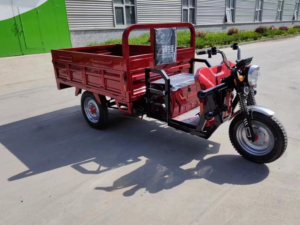# Carrier Tape for Electronic Components Packaging
## Introduction to Carrier Tape
Carrier tape is an essential component in the electronic manufacturing industry, designed to securely hold and transport electronic components during the assembly process. This specialized packaging solution ensures the safe handling of delicate components such as integrated circuits (ICs), resistors, capacitors, and other surface-mount devices (SMDs).
## Types of Carrier Tape
There are several types of carrier tape available, each designed for specific applications:
### 1. Embossed Carrier Tape
Keyword: Carrier Tape
Embossed carrier tape features cavities or pockets that are formed by a thermoforming process. These pockets securely hold components in place during transportation and feeding into pick-and-place machines.
### 2. Punched Carrier Tape
Punched carrier tape has holes or cavities created through a mechanical punching process. This type is typically used for larger components or when higher precision isn’t required.
### 3. Anti-Static Carrier Tape
Anti-static carrier tapes are specially treated to prevent electrostatic discharge (ESD) that could damage sensitive electronic components.
## Key Features of Quality Carrier Tape
When selecting carrier tape for electronic components packaging, consider these important features:
– Precise pocket dimensions for component stability
– Appropriate material thickness for durability
– Proper sprocket hole alignment for machine feeding
– Static-dissipative properties when required
– Compatibility with automated assembly equipment
## Materials Used in Carrier Tape Production
Carrier tapes are typically made from various materials depending on the application requirements:
### 1. Polystyrene (PS)
A common choice for general-purpose applications due to its good formability and cost-effectiveness.
### 2. Polycarbonate (PC)
Offers higher temperature resistance and durability for more demanding applications.
### 3. Anti-Static Materials
Special formulations that include carbon or other additives to prevent static buildup.
## Industry Standards for Carrier Tape
The electronic packaging industry follows several standards to ensure compatibility and reliability:
– EIA-481 (Electronic Industries Alliance standard)
– IEC 60286 (International Electrotechnical Commission standard)
– JIS C0806 (Japanese Industrial Standards)
These standards define dimensions, tolerances, and performance requirements for carrier tapes used in automated component placement systems.
## Benefits of Using Carrier Tape
Carrier tape offers numerous advantages for electronic component packaging:
– Protection of delicate components during transportation and handling
– Efficient automated feeding into placement machines
– Reduced component damage and loss
– Improved manufacturing efficiency
– Standardized packaging for consistent quality
## Choosing the Right Carrier Tape
When selecting carrier tape for your electronic components, consider these factors:
– Component size and shape
– Production volume requirements
– Environmental conditions during storage and transport
– Compatibility with your assembly equipment
– Regulatory requirements for your industry
## Future Trends in Carrier Tape Technology
The carrier tape industry continues to evolve with new developments:
– Advanced materials for higher temperature resistance
– Improved anti-static properties
– Enhanced precision for smaller components
– Environmentally friendly and recyclable materials
– Smart packaging with embedded tracking capabilities
## Conclusion
Carrier tape plays a vital role in the electronic components packaging ecosystem, ensuring the safe and efficient handling of delicate parts throughout the manufacturing process. By understanding the different types, materials, and standards available, manufacturers can select the optimal carrier tape solution for their specific needs, ultimately improving product quality and production efficiency.
